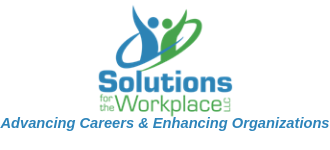Not all bosses are perfect—in fact, most aren’t. Some bosses aren’t interested in helping your career and some are just poor managers. Nonetheless, you can still have a successful career. Here are some ideas to help you succeed:
- Make sure your performance is exemplary. Deliver high quality work products on time. Be confident (but not arrogant) in your abilities. This will help give your boss less to complain about and minimizes your opportunity to be seen as an easy target.
- Have a conversation with your boss. Pick your time carefully and be prepared. Focus on what you need rather than what’s wrong with your boss.
- Recognize that it’s not always about you. Your supervisor’s unpleasantness, disinterest, whatever, may have nothing to do with you—try to not take it personally.
- Identify what you can learn from your boss. Everyone can you teach you something. Figure out what you boss has to offer and learn it—and forget about the rest (easier said than done, of course!) You can learn something, even from a bad boss.
- Find a mentor. A mentor can provide perspective, act as a sounding board, and perhaps broaden opportunities for other experiences.
- Try to be become an ally. Ask your boss what she needs from you to succeed. Listen carefully and deliver it.
- See if there are other opportunities in your organization. Look for temporary assignments, details, or sideways movements within your organization. That will give you an opportunity to meet new people and expand your skills.
- Keep you own counsel. While it is tempting to share your experiences with colleagues, be careful. Secrets are rarely kept and what is shared may not be what you said. And if it gets back to your boss (which it likely will), things are not likely to improve for you.
- Determine if there are viable options for assistance internally. Many organizations have a Human Resources office, an Equal Employment Opportunity office, or conflict resolution resources. These options should not generally be your first resort but of course, there are situations that demand immediate third party intervention but in most cases, you should try to solve the problem yourself or at least peacefully coexist with your boss if possible.
- Decide whether it’s time to leave. If you decide that the situation is irreparable, make a plan for a transition. Do not quit in a huff; if it all possible, begin a structured job search.
There is no perfect solution to a bad boss but having one doesn’t have to ruin your career. If you do need to leave your job, do not bad mouth your boss on the way out. Be sure to do your due diligence about future organizations and bosses during your search. You don’t want to end up in another untenable situation.
